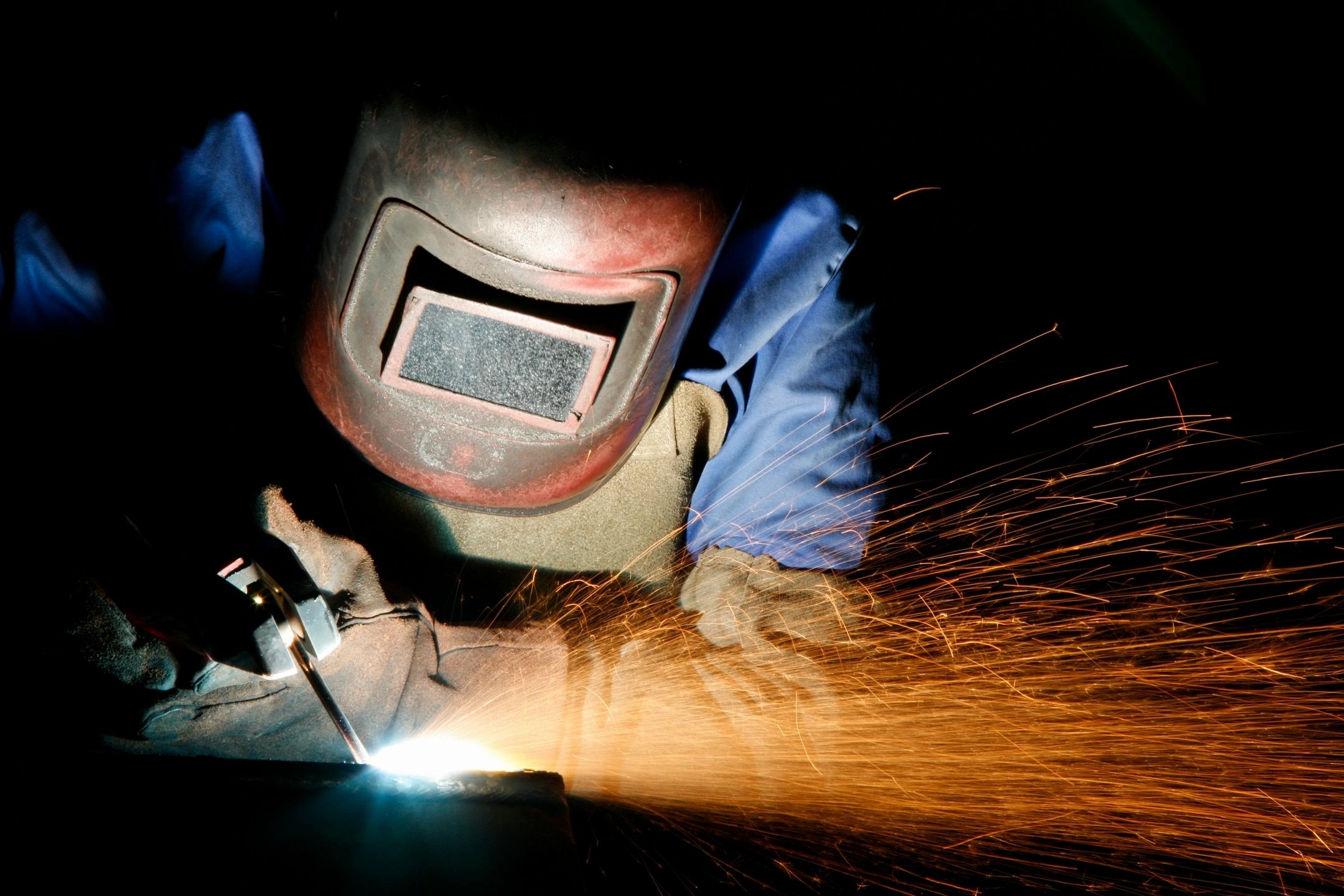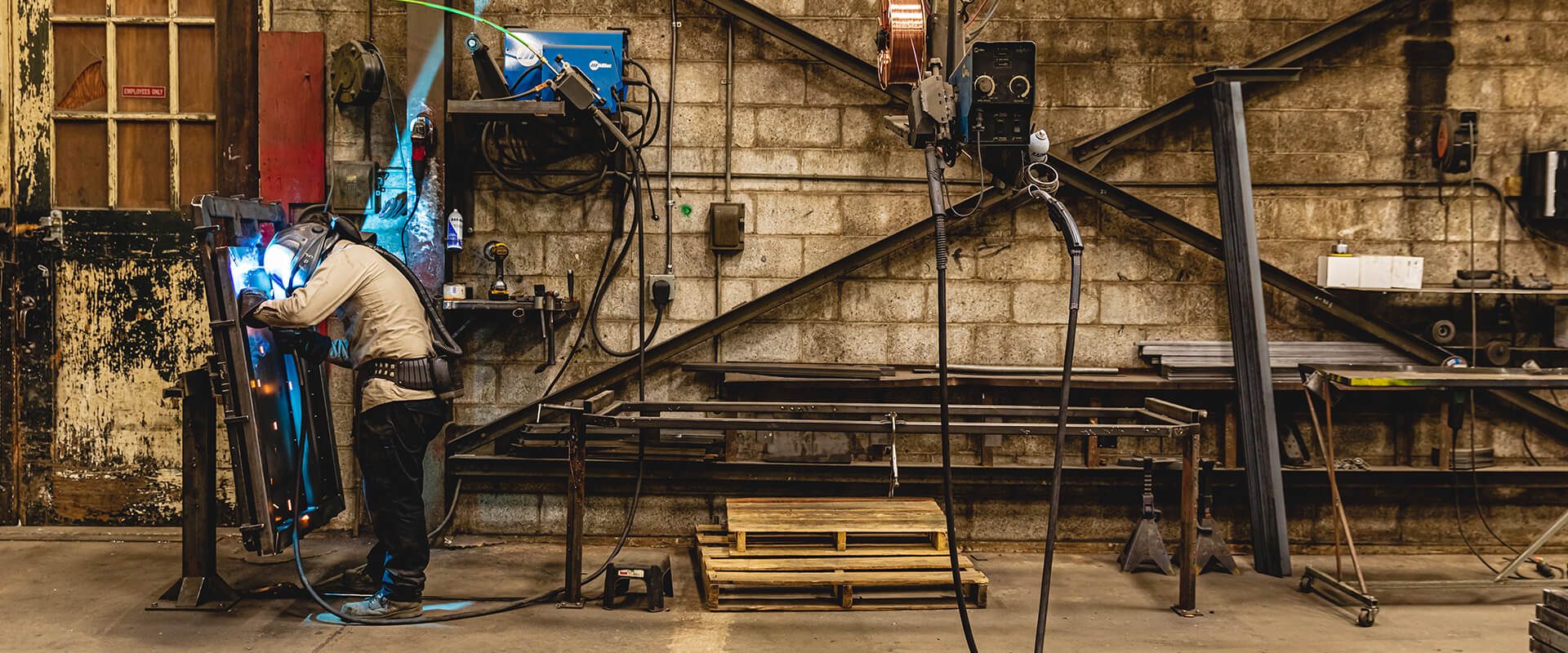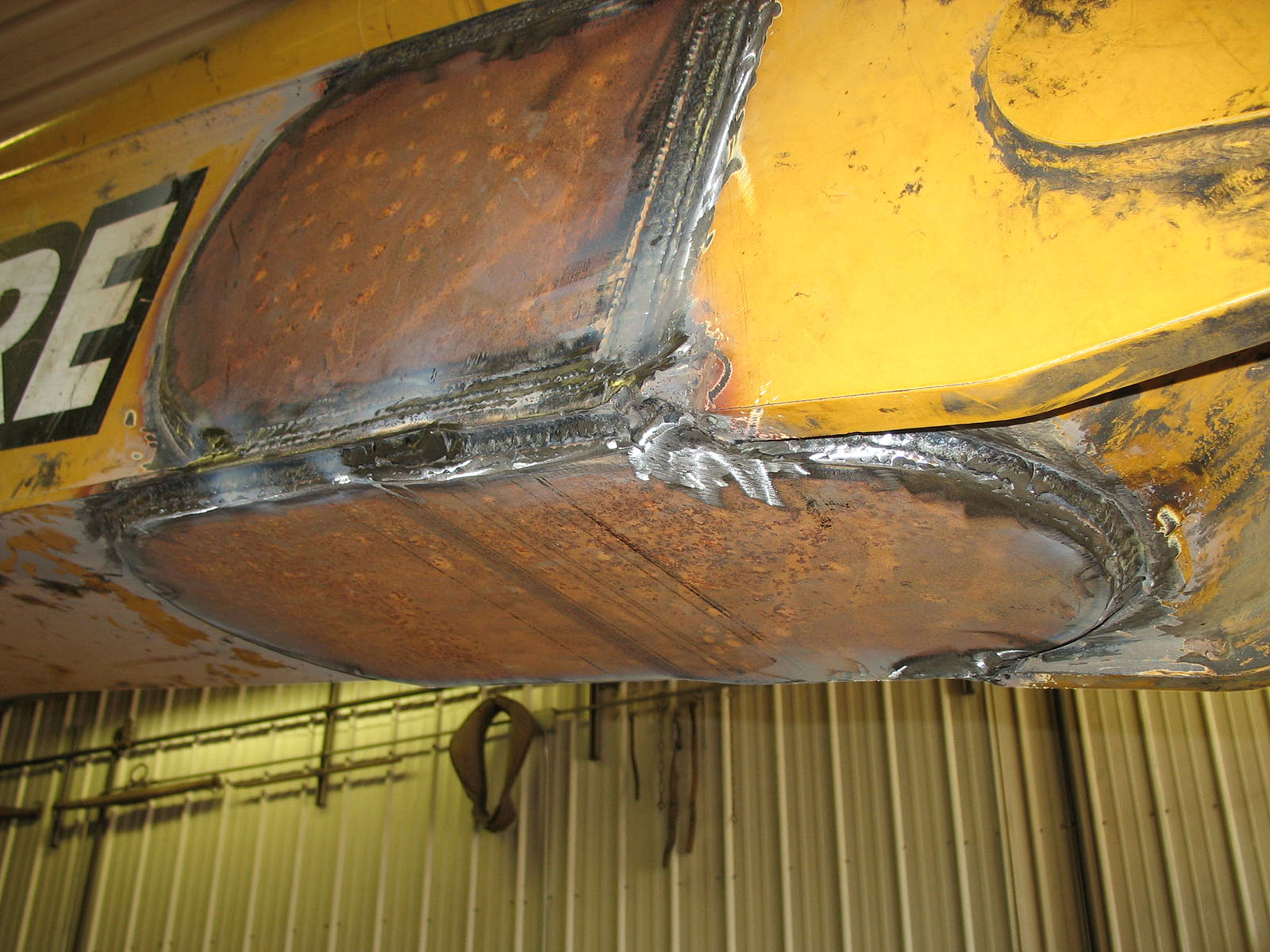Understanding cracking in welds and how Montana Mobile Welding and Repair Belgrade Welding manages it
Typical Welding Fixing Issues and Exactly How to Address Them Effectively
Welding repair work frequently run into a variety of issues that can jeopardize the stability of the last item. Typical problems include insufficient infiltration, porosity, and misalignment, among others. Each flaw provides distinct obstacles that need certain methods for resolution. Comprehending these issues is necessary for welders intending to improve their skills and outcomes. This conversation will certainly explore these usual welding repair issues and efficient techniques to resolve them.
Poor Penetration
Insufficient infiltration takes place when the weld steel fails to fully fuse with the base material, leading to weak joints and prospective architectural failings. This concern usually comes from not enough warmth input, incorrect electrode angle, or improper welding rate. Welders might encounter inadequate infiltration because of a mistake of the needed criteria for a certain product thickness or kind. Additionally, contamination on the base product's surface can impede efficient bonding, exacerbating the problem. To attend to insufficient penetration, welders ought to guarantee ideal setups on their devices and keep a tidy work surface. Regular evaluation of welds is recommended to identify any kind of shortages early, permitting prompt modifications and the prevention of jeopardized structural stability in bonded settings up.
Porosity
Porosity is a typical issue in bonded joints that shows up as little gas bubbles trapped within the weld steel. This issue can compromise the integrity of the weld, resulting in reduced toughness and prospective failing under tension. Montana Mobile Welding and Repair. Porosity typically arises from contamination, moisture, or inappropriate welding methods, which enable gases to get away right into the liquified weld swimming pool. To attend to porosity, welders should ensure proper surface area prep work, maintain a clean workplace, and utilize appropriate welding criteria. Furthermore, selecting the best filler material and securing gas can minimize gas entrapment. Routine inspection and screening of welds can assist recognize porosity early, guaranteeing timely corrective actions are taken, therefore maintaining the top quality and dependability of the welded framework
Imbalance
Imbalance in welding can emerge from numerous aspects, including improper configuration and thermal growth. Comprehending the source is essential for effective resolution. A number of adjustment methods are available to realign elements and ensure structural stability.
Reasons for Misalignment
Welding misalignment usually originates from a range of underlying issues that can jeopardize structural stability. One main cause is improper fit-up of parts prior to welding, which can lead to voids and irregular surfaces. Variations in thermal growth throughout the welding procedure can likewise cause distortion, especially if the materials being signed up with have different coefficients of development. Furthermore, inadequate fixturing and securing might fail to hold parts securely in position, leading to movement during welding. Improperly kept devices, consisting of welding makers and tools, may introduce variances in the weld bead, more contributing to imbalance. Operator error, stemming from insufficient training or experience, can likewise play a considerable function in developing misaligned welds.

Improvement Techniques Offered
Dealing with misalignment successfully needs a combination of corrective techniques tailored to the details concerns handy. One typical technique is the usage of fixtures or jigs to hold elements in the appropriate setting during welding, making certain regular placement. In addition, pre-heating the products can assist reduce distortion and boost fit-up. For substantial misalignment, mechanical realignment strategies, such as using hydraulic jacks or clamps, can be utilized to fix the position prior to welding. Post-weld heat therapy might additionally be required to eliminate stress and anxieties triggered by imbalance. Lastly, cautious examination and modification during the setup stage can protect against imbalance problems from coming to be considerable issues, advertising a smoother welding procedure and boosting total architectural integrity.
Distortion
Distortion is an usual difficulty in welding that can develop from various elements, consisting of uneven cooling and heating. Comprehending the reasons for distortion is vital for applying effective prevention methods. Addressing this concern not only improves architectural honesty yet additionally improves the total quality of the weld.
Reasons for Distortion
When subjected to the extreme heat of welding, materials usually undergo adjustments that can lead to distortion. This sensation mostly arises from thermal development and tightening during the welding procedure. As the weld location warms up, the material broadens; upon air conditioning, it acquires, which can develop interior stress and anxieties. On top of that, uneven heating throughout a workpiece can exacerbate these tensions, leading to bending or flexing. The sort of product likewise plays a considerable function; steels with varying thermal conductivity and coefficients of growth might react differently, causing unforeseeable distortions. Moreover, bad joint design and poor fixturing can add to imbalance throughout welding, enhancing the probability of distortion. Understanding these causes is crucial for effective welding repair work and avoidance techniques.
Prevention Techniques
Efficient prevention strategies for distortion throughout welding emphasis on regulating warm input and making certain proper joint layout. Preserving a consistent warm input aids to lessen thermal development and contraction, which can cause distortion. Utilizing methods such as preheating the workpiece can additionally reduce the temperature level gradient, promoting consistent heating. Additionally, selecting appropriate joint layouts, such as T-joints or lap joints, can improve stability and lower stress and anxiety focus. Executing proper fixturing to secure the workpieces in position further help in preserving alignment during the welding process. Ultimately, staggered welding sequences can distribute warm more evenly, preventing localized distortion. By using these techniques, welders can substantially decrease the possibility of distortion and improve the total top quality of their welds.
Splitting
Breaking is an usual problem experienced in welding repair work, commonly resulting from numerous variables such as improper air conditioning rates, product selection, or poor joint prep work. The occurrence of cracks can substantially endanger the integrity of the weld, leading to potential failures during operation. To resolve this issue, welders need to first assess the origin, ensuring that products are suitable and properly picked for the certain application. Additionally, regulating the cooling rate throughout the welding procedure is crucial; rapid cooling can generate tension and bring about cracking. Proper joint style and preparation additionally add to minimizing the risk. Applying these methods can improve weld quality and resilience, inevitably lowering the possibility of cracking in ended up weldments.

Insufficient Combination
A considerable problem in welding repairs is incomplete combination, which happens when the weld metal does not appropriately bond with the base product or previous weld passes - Belgrade. This problem can lead to weak points in the joint, possibly endangering the stability of the bonded framework. Aspects adding to insufficient fusion include insufficient warm input, inappropriate welding technique, and contamination of the surfaces being joined. To resolve this concern effectively, welders need to ensure proper pre-weld cleaning and surface area preparation, along with readjust their welding criteria to achieve sufficient penetration and blend. Normal inspection throughout the welding process can additionally assist identify insufficient blend early, permitting for prompt rehabilitative steps to improve the overall high quality of the weld
Overheating
While welding repairs can enhance structural honesty, overheating provides a substantial challenge that can lead to product deterioration. Excessive warm during welding can change the mechanical residential or commercial properties of steels, resulting in minimized strength, enhanced brittleness, and warping. This phenomenon is particularly critical in high-stress applications where structural dependability is extremely important. Determining overheating can involve visual assessments for staining or distortion, in addition to monitoring temperature throughout the welding process. To reduce the risks related to overheating, welders must use appropriate techniques, such as controlling warm input, changing travel speed, and using ideal filler products. In addition, executing pre- and post-weld warmth treatments can aid recover material buildings and improve the overall top quality of the repair work, guaranteeing long-lasting efficiency and security.
Often Asked Questions
What Are the Typical Signs of a Welding Flaw?

How Can I Examine My Welds for High quality?
To test welds for quality, one can make use of aesthetic inspections, ultrasonic screening, and radiographic approaches. Each strategy guarantees structural honesty, recognizes defects, and verifies adherence to specified standards, eventually boosting the reliability of the welded joints.
What Safety Safety Measures Should I Take While Welding?
When welding, one need to focus on safety and security by putting on suitable personal safety tools, making certain appropriate air flow, safeguarding combustible materials away, keeping a tidy work space, and recognizing surroundings to protect against mishaps and injuries.
Can I Fix a Weld Without Redoing the Entire Joint?
Fixing a weld without remodeling the whole joint is possible, relying on the damage (Montana Mobile Welding and Repair). Methods such as grinding, adding filler material, or using a welding process can properly resolve particular defects while preserving the surrounding structure
What Equipment Are Essential for Reliable Welding Services?
Crucial devices for reliable welding repair services include a welding maker, cable brush, mill, protective gear, clamps, and filler materials. Each device plays an essential function in making sure high quality and safety and security throughout the repair process. Porosity typically develops from contamination, moisture, or improper welding strategies, which enable gases to get away into the molten weld swimming pool. Badly maintained devices, including welding devices and tools, might introduce variances in the weld bead, additional adding to imbalance. When subjected to the intense warm of welding, materials often go through adjustments that can lead to distortion. Fracturing is a common concern encountered in welding repair services, typically resulting from numerous aspects such as incorrect cooling rates, material option, or inadequate joint preparation. A significant problem in welding fixings is insufficient fusion, which takes place when the weld metal does not properly bond with the base product or previous weld passes.